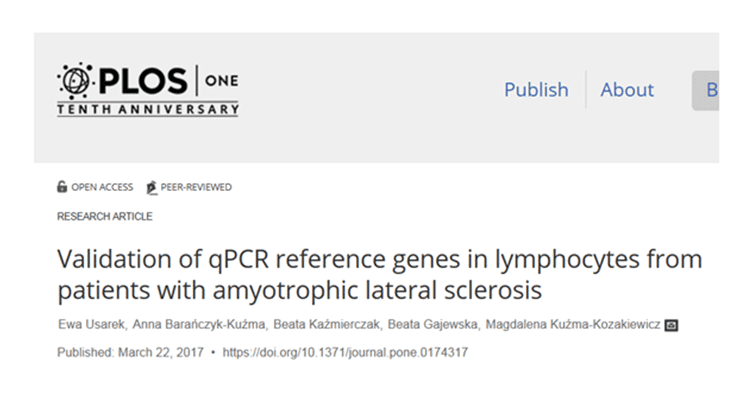A team of researchers has identified an underlying mechanism in early onset Parkinson’s. Using flies, mice and patient cells, the team focused on cardiolipin, a fat unique to cells‘ mitochondria, organelles that produce energy. They demonstrated that reducing the effects of the protein FASN influences the mitochondria, leading to increased cardiolipin levels and reduced Parkinson’s symptoms. These results could pave the way to therapies for Parkinson’s disease that target lipids. The research was published in The Journal of Cell Biology.
An estimated 10 million people are currently affected by Parkinson’s disease worldwide. A small percentage gets confronted with the disease before the age of 40. While the causes are not yet known, scientists believe that they consist of both genetic and environmental factors. In genetic Parkinson’s disease, a mutation in the PINK1 gene causes changes in neurons‘ mitochondria, leading to the degeneration of these neurons.
In this study, scientists used fly, mouse and human cell models to observe that blocking a protein called FASN, which is responsible for lipid creation in cells, bypasses the genetic defect in mitochondria.
The researchers have already identified several targets for future research projects seeking greater insights into the link between the amounts of specific lipids in neurons and Parkinson’s disease.
Paper: “Cardiolipin promotes electron transport between ubiquinone and complex I to rescue PINK1 deficiency”
Reprinted from materials provided by VIB – Flanders Interuniversity Institute for Biotechnology.





